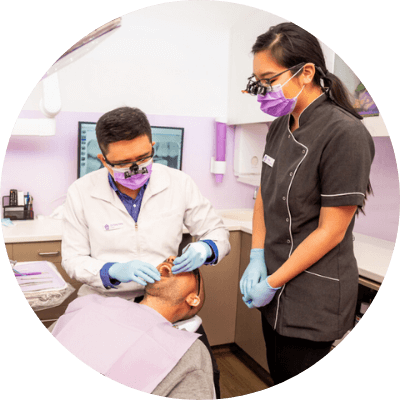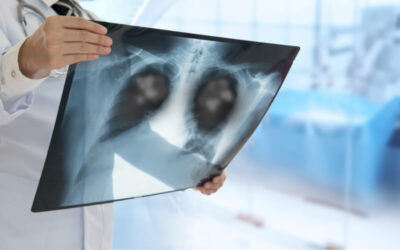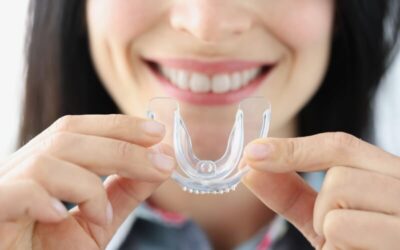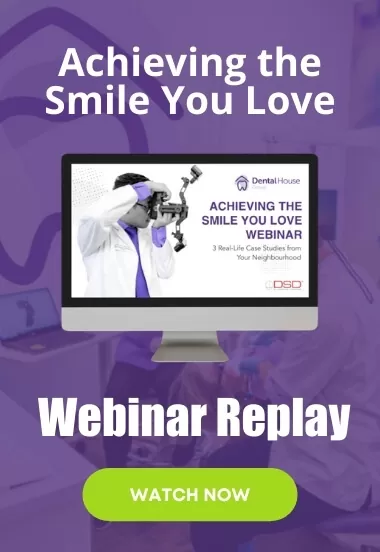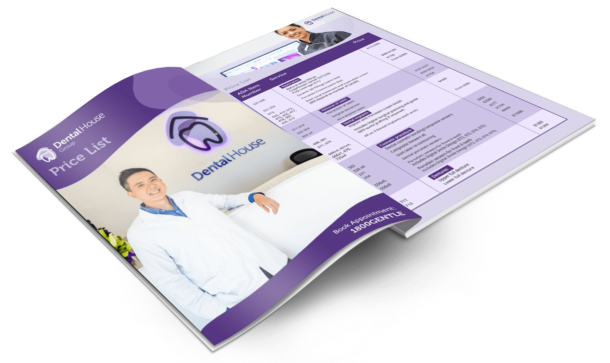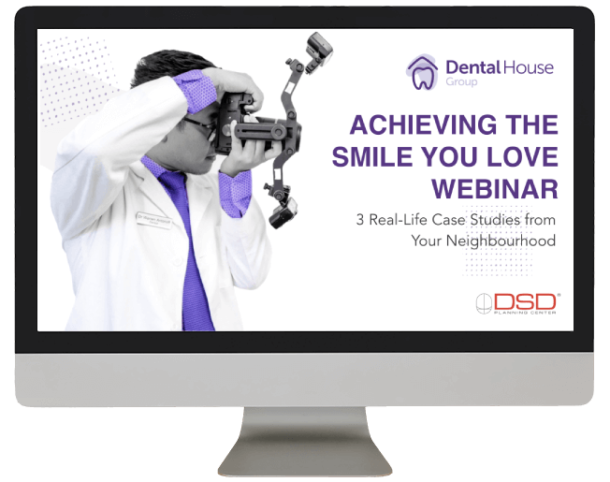Detecting Oral Cancer Is Given The Brush
Detecting Oral Cancer Is Given The Brush
In 2020, it accounted for almost 380,000 cases, and 180,000 deaths globally. It’s on the increase with diagnosis incidents up by 23,000 from 2018. Curiously, there were only 373 more deaths over that period. Earlier detection and improved treatments may account for that.
Oral cancer includes cancers of the mouth and the back of the throat. It can develop on, under, and at the back of the tongue, on mouth and gum tissue, and in the throat.
Most commonly it affects those over the age of 40, with twice as many men as women at risk; and not just in relation to the possibility of heavier alcohol or tobacco use. While most mouth cancers are linked to alcohol and tobacco use, most throat cancers are caused by the human papilloma virus (HPV); transferred through oral sex.
Studies reveal that for the most part, women develop protective antibodies after having had just a few sexual partners; whereas this doesn’t happen for men until after at least eleven different female connections.
Bizarre. And both persuasive and disheartening, depending on where you stand.
Lip cancer can of course be the result of sun exposure as well as smoking. Overall, poor nutrition with a diet too low in fresh fruits and vegetables and reliant on processed and ultra-processed foods plays a significant part in developing the disease.
As does genetics. Particular gene defects are also heavily responsible for occurrences of mouth and middle throat cancers.
So if you’re a genetically compromised male over the age of forty with fewer than ten female sexual partners in your life, who smokes or drinks or does both, the probabilities of contracting oral cancer are alarmingly high.
In Australia, unlike BreastScreen and national screenings for both cervical and bowel cancer, there is no similar programme for oral cancer.
The best, most reliable and regular check-up available, is a six-monthly appointment with your dentist.
It’s a mouth examination that’s important in identifying both pre-cancerous, and malignant cells in relation to oral neoplastia, and oropharyngeal. (Being of the soft palate, walls of the throat and the furthest one third of the tongue.)
Australian dentists identified approximately 700 new cases of oral cancer in 2021. Although it’s not an acutely common disorder, this routine and tactile professional inspection looks for potential signs, and it can be addressed as soon as possible.
Self-examination also helps.
Symptoms to be aware of include any white or red patches inside your mouth, areas of numbness, difficulty in jaw, tongue, or swallowing movements, and any lumps, pain or bleeding. Should they persist for more than two weeks, seek the expertise of a doctor or dentist.
The good news is that researchers at the University of Illinois, Chicago have invented a new screening test for the most common form of oral cancer, oral squamous cell carcinoma, which worldwide, is the ninth most prevalent of cancers.
The patented diagnostic kit collects cells from possibly cancerous mouth lesions using the most basic of dental health tools – a small brush.
It improves the traditional diagnostic standard of surgical biopsies that often has patients not return until a more advanced stage leaves them little choice.
It also complicates recovery prospects.
This new technique works by identifying in early Stage 1 and 2 cancers small segments of microRNA – genetic material that regulates gene expression.
Unlike a biopsy, this precision test needs only the epithelial cells – those from the outermost layer of the oral cavity.
This means there is no need for anaesthetic of any kind; the nurse or dentist collects the sample in less than a minute simply by gently brushing the inside of the patient’s mouth, containing it in a solution tube and sending it to pathology for microRNA analysis.
Results are available within days.
It’s this site-specific targeting that streamlines a previously complex test. Surgical biopsies collect a mixture of cells, along with the risk of spreading any cancerous cells to other areas oral tissue. Blood tests give a general surveillance of cancer signals, rather than being able to deal with one specific area.
Characterising microRNAs is a technology that holds the promise of being able to correctly diagnose any one of the 600 diseases that compromise a healthy mouth.
This breakthrough method has begun its commercialisation venture with the formation of Arphion Diagnostics by Adami and Schwartz with the involvement of UIC Office of Technology Management that creates commodities from proven research and educational activities. Its faculty and students are engaged in resolving the modern world’s most challenging social issues: from urban violence and chronic poverty, to poor health outcomes and environmental sustainability. Its DEEP™ programme is recognised by both the American Diabetes Association, and the US Centers for Medicare and Medicaid.
For the kit to be taken to market and viable for use in dental clinics, business partners are still being sought.
Similarly, the UK has had University of Surrey scientists develop a proof-of-concept test called PANDORA with over 92% accuracy in recognising oral squamous cell carcinoma in patients. It too, was shown to be more than 80% successful in detecting the presence of pre-cancer cells.
Interestingly, 2022 The Cochrane review notes that the effectiveness of oral brush biopsies were yet to be researched in the frontline, although it was shown to be a highly useful and reliable tool for early cancer detection in dental clinics.
In 2023, the Journal of Biomedical Optics (JBO) published a recent study by a team of researchers from Rice University, Houston that presented a low cost, imaging platform for dentists to use in oral cancer detection – the active biopsy guidance system.
ABGS integrates microscopic and widefield imaging in real-time projection of cancer risk maps. This multimodal tool helps clinicians perform oral biopsies with an exacting precision unavailable prior to its development. Within minutes a biopsy guidance map is produced, projected into the patient’s mouth and tissue regions are highlighted where samples should be taken.
There are major advances being made in this important field of detection in dentistry with the aim of saving lives.
Still, until they’re widely available it seems that presently, the most significant and dependable part of the screening process requires only a phone – and making those twice-yearly dental appointments.
Be aware of the risks that heighten the chances of becoming an oral cancer statistic, and modify what you can. Don’t ignore any persistent discolouration or discomfort in your mouth or throat, or unusual lumps in your neck.
Whatever it is, it’s always worth gladly checking up on, instead of sadly checking out.
DISCLAIMER:
The content has been made available for informational and educational purposes only. Melton Dental House does not make any representation or warranties with respect to the accuracy, applicability, fitness, or completeness of the content.
The content is not intended to be a substitute for professional personal diagnosis or treatment. Always seek the advice of your dentist or another qualified health provider with any questions you may have regarding a dental or medical condition. Never disregard professional advice or delay seeking it because of something you have read or seen on the Site.
Services Mentioned
More Dental Articles
Red, Red Wine: Is It Beneficial For Oral Health?
Is red, red wine beneficial for our oral health? Or does it just feel good at the time & if you overdo it you feel like cr*p the next morning…
Could The Surge In Pneumonia In Children Be Related To Their Teeth Brushing?
Kids and teenagers are not self-maintaining, and nor is their oral health. Teeth brushing: spend time with it frequently…
What Is Dental Sleep Medicine? It’s Not Sleep Dentistry
Dental Sleep Medicine is the intersection of dentistry with issues affecting sleep. Snoring, sleep apnoea, & related breathing disorders…
What Does Teledentistry Bring To Oral Health?
Tele. Such an interesting prefix. It communicates; it tells you. It’d probably be a homonym or a homophone or a homograph something like that if it wasn’t a prefix. At one time, it was a word. ‘Tele’ was the accepted spelling of the contraction of ‘television’ before...




